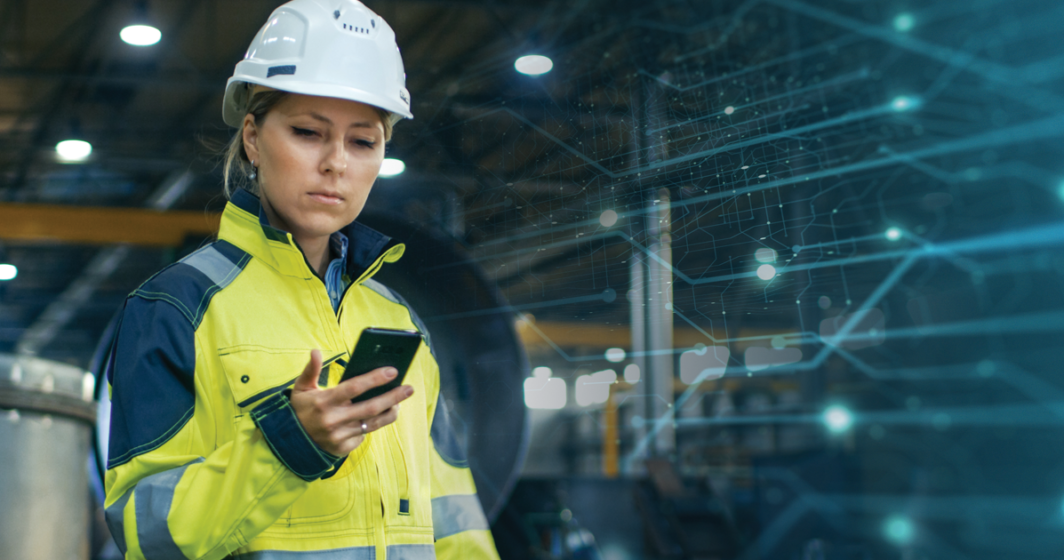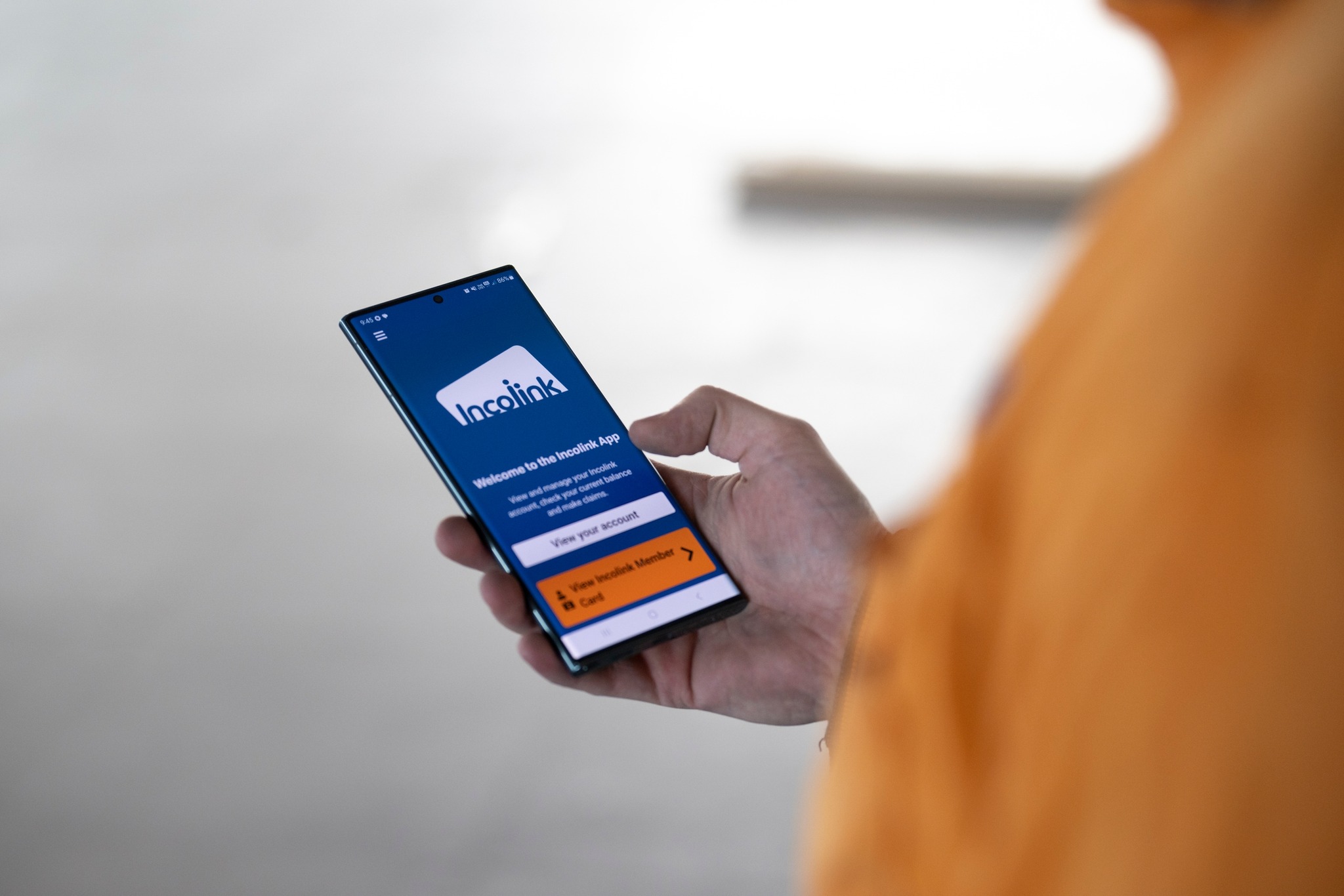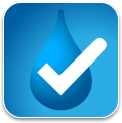Kate Jones takes a look at how COVID-safe technology could enhance the construction industry.
COVID-19 has presented many challenges to the plumbing sector and none more so than the uncertainty of what lies ahead. What is certain is that it is up to businesses to take control of their health and safety strategies.
Technology is part of the solution for many plumbing companies and operators. Apps, wearable sensors and smart devices are helping on a range of fronts, including contact tracing and monitoring the early symptoms of coronavirus. These technologies are delivering real-time data employers can use to keep their sites safe and their workers healthy.

In November, Deakin University and industry redundancy fund Incolink started trialing a variety of wearable sensors to measure body temperature.
Tony Arnel, Deputy Chair of Deakin’s School of Engineering, says the main aim of the six-month study will be collecting accurate information from the sensors.
“One of the things about body temperature testing is its very unreliable.
“We intuitively understand that skin temperature varies and body temperature fluctuates a bit, so there’s the need to come up with something accurate, safe of course, and comfortable and non-invasive.”
As part of the trial, 50 workers at a major Melbourne construction site are using different devices equipped with sensors including hardhats, clip-on ear pieces, underarm monitors, body vests and rings. Body temperature information gets fed into a dashboard that alerts the user to any high temperatures that could be symptomatic of coronavirus.
“So when a worker shows signs their body temperature is high and shows signs of fever, the Health and Safety Officer on site will know (for instance) Joe on level 12 has a high body temperature and Joe can come down to the sick bay for testing,” Arnel says.
“People can become symptomatic within 48 hours, so if you get it early people can get into further testing and be isolated more quickly than would have otherwise been the case.
“So this is effectively an early warning system.”
While he stresses it’s not a silver bullet, Arnel believes wearable technology will help the building sector find a way through the coronavirus crisis and other similar health issues in the future.
Chadd Cooke, Director of commercial firm Cooke & Dowsett, is hoping contact-tracing app 1Breadcrumb will do the same.
Used on smart devices, the app allows employers to monitor maximum site numbers through an online check-in system.
“The whole idea with the app is that there’s nothing manual, it’s all contactless,” says Cooke.
“People walk into our office and there’s a QR scanner on the wall and they just pull their phone out, take a photo and answer the required questions around COVID. If any of those questions are answered to say they’ve been in contact with someone who has COVID, it will trigger an email within the app and we basically don’t let them in.”
Beyond the scope of COVID, Cooke & Dowsett are also using 1Breadcrumb to log safety incidents, store documents such as licenses, and arrange live toolbox meetings and daily video briefings.
“It’s basically just part of the toolkit now,” Cooke says.
International construction companies are turning to similar technologies to keep their sites operating and protect their workers.
In the UK, scientists at the University of Manchester are collaborating with the textile industry to investigate high-tech clothing and personal protective equipment (PPE) with in-built devices including remote diagnosis and contact tracing capabilities. And in the US, private companies are developing commercial products such as apps to pre-screen workers before they come to work, and armbands to monitor body temperature and alert users when they are coming in close contact with each other.
These technologies are more important than ever, particularly in the plumbing sector where social distancing is almost impossible to practice on some sites.
Futurist Mark Pesce hopes new innovations will enable close contact work, especially apprenticeships, to continue.
“Unless we’re going to put apprenticeships on hold, and governments have made it very clear they don’t want to do that, we’re going to have to have a really good safe way for people to work together while they’re being apprenticed,” he says.
“Hands-on learning is strictly, for a lot of people - not everyone, the best way of learning. We need as much support for that as possible and we need it to be seamless, and this is where people are looking to technology.”
Although technology is promising, Pesce says it remains to be seen if it could be readily available and affordable for small businesses.
Whether it’s one type of technology or a combination of multiple types, the good news is technology in this space is rapidly emerging. Businesses looking to avoid the time-consuming task of manual contact tracing and proactively keep their workers safe have a number of options open to them.
Share this Article






